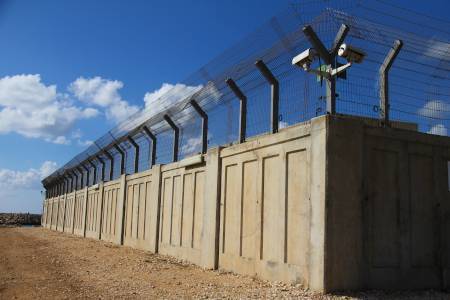Executive Summary:
Closed circuit television (CCTV) plays a significant role in protecting the public and assisting the police in the investigation of crime. In many ways, we have led the world from its early introduction in the 1970s to the massive growth in CCTV installation and use in the 1990s.
The Government has invested heavily in local authority-operated CCTV schemes and most town centres benefit from CCTV cameras. Although we have more CCTV than many other countries, most is privately owned and operated by the commercial sector and covers areas such as retail establishments and shopping malls.
CCTV has been instrumental in helping the police to identify and bring to justice those involved in all aspects of criminality, perhaps the most notable being serious crime and terrorist incidents. CCTV in the UK enjoys signifi cant public support and year on year fear of crime surveys states that the public feels safer due to the presence of CCTV.
The contribution CCTV has made in protecting the public and assisting the police to investigate crime has occurred despite CCTV systems being developed in a piecemeal fashion with little strategic direction, control or regulation. This approach has failed to maximise the potential of our CCTV infrastructure and many involved in its operation and management felt there remained a pressing need to examine existing standards, procedures, training and methods of operation.
In addition, as local authorities, the police and criminal justice agencies face the challenges associated with the move from VHS technology to digitally recorded images, the lack of a co-ordinated approach to CCTV development poses significant risks in terms of compatibility of systems, cost of accessing the images and the potential loss of operational effectiveness.
Recognising the current concerns and both the risks and potential opportunities that CCTV can bring, a report was submitted by the Association of Chief Police Officers (ACPO) lead on CCTV to the Home Office recommending that there was now an urgent need for the development of a national strategy that would ensure the effective development of the public space CCTV infrastructure. The report was endorsed by the then Crime Reduction Delivery Board in September 2005.
This strategy is the culmination of work undertaken by a small joint ACPO/Home Offi ce project team, supported by a wide range of stakeholders involved in the use and management of CCTV.
This report is broadly based on the following 10 themes and examines each issue in detail.
• The need for standards in all aspects of CCTV;
• The need for clear guidelines on registration, inspection and enforcement;
• Training of all personnel;
• The police use of CCTV footage and evidence
• Storage / Volume / Archiving / Retention issues
• The need for CCTV Networks – Live & Stored
• Equipping, resourcing and standardisation within the CJS
• Emerging Technologies / Changing Threats / New & Changing Priorities
• Partnership Working
• Financial and Resource management.
The 44 recommendations proposed within this report represent a significant effort for all agencies involved in CCTV. Progress in these areas is extremely important if we are to realise the full potential of CCTV across a varied range of uses and continue to receive the support of the public.
The next stage of this work will be in the form of an implementation phase which will prioritise and develop the recommendations and establish the future strategic direction. In order to do this we have established a multi agency team that represents key stakeholders and an overarching Programme Board that will co-ordinate the activity and ensures the cooperation and agreement that is vital if the Strategy is to be implemented successfully.
Download: Home Office National CCTV Strategy October 2007 (PDF – 373KB)













